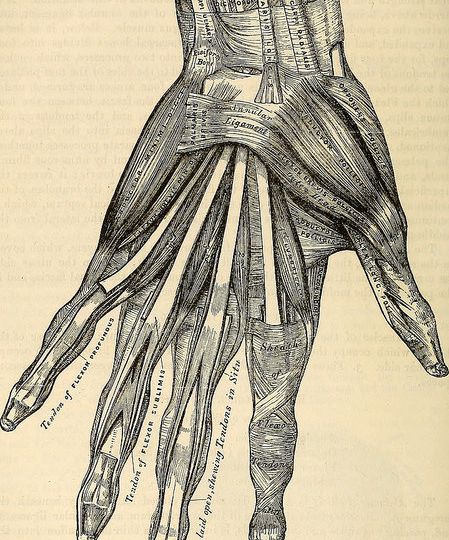
Our hands are, arguably, the most important tool we own. While our organs keep our body operational and our eyes, ears, and mouth help us perceive the world around us, our hands give us access to everything.
They’re how we interact with objects, from cars to computers and machinery. They’re a central part of the way we express and entertain ourselves. And, let’s not forget, they’re pretty important to our ability to eat, as well.
Now, what you might not know, is that the most important part of your hand, in terms of usage, is a series of important flexor tendons. In today’s article, we’re going to take a closer look at these tendons, the flexor sheath, and why support and repair are so important when they are injured.
Flexor Tendons: What Are They?
If we look at an individual finger, we find a series of three unique bones arranged in a straight line. These bones, known as phalanges, are attached to the musculature around them and hinged using cartilage. These joints give them a curled axis along which to contract and straighten out.
But they still need something to pull or release them into specific positions. This is where the flexor tendon comes in. These rope-like tendons are on the palm side of the hand, running up and along the length of each finger. Whenever you bend or straighten each digit, it’s your flexor tendons sliding through lubricated sheaths that pull and release each digit.
So, pretty crucial, right?
Flexor Tendon Injuries
Flexor tendons can be injured, most commonly, via cuts to the arm, hand, or the fingers themselves. We see it fairly often in sports injuries, such as football or wrestling. These tendons can be weakened by certain illnesses, such as rheumatoid arthritis, which make them more easy to tear.
Some of the more common signs of flexor tendon injuries include:
- open wounds or cuts where your palm folds as the finger bends
- an inability to bend your finger joints
- pain when bending your finger
- tenderness on the palm side of your finger
- fingertip numbness
In cases where surgery is necessary, it should be performed as soon as possible for best results. Afterward, the patient will need a cast or splint for up to six weeks to safeguard the surgery. Patients can expect up to a three-month wait for full recovery.
Flexor Sheath and Tendon Repair
When it comes to interacting with the world around us, our hands are more important than we give them credit for. And lowered mobility due to flexor sheath and tendon injury can hamper that usefulness in a serious way.
For more on flexor tendon repair from a leading name in the orthopedic implant industry, visit Toby Orthopaedics today!

